Kinesitherapy uses movement as a therapeutic agent. It is most often used in all kinds of diseases and dysfunctions of the musculoskeletal system - back pain, postural defects, after a stroke, heart attack, rheumatoid diseases or before childbirth. Properly conducted rehabilitation exercises significantly accelerate treatment and return to full fitness.
Kinesitherapy (rehabilitation exercises)
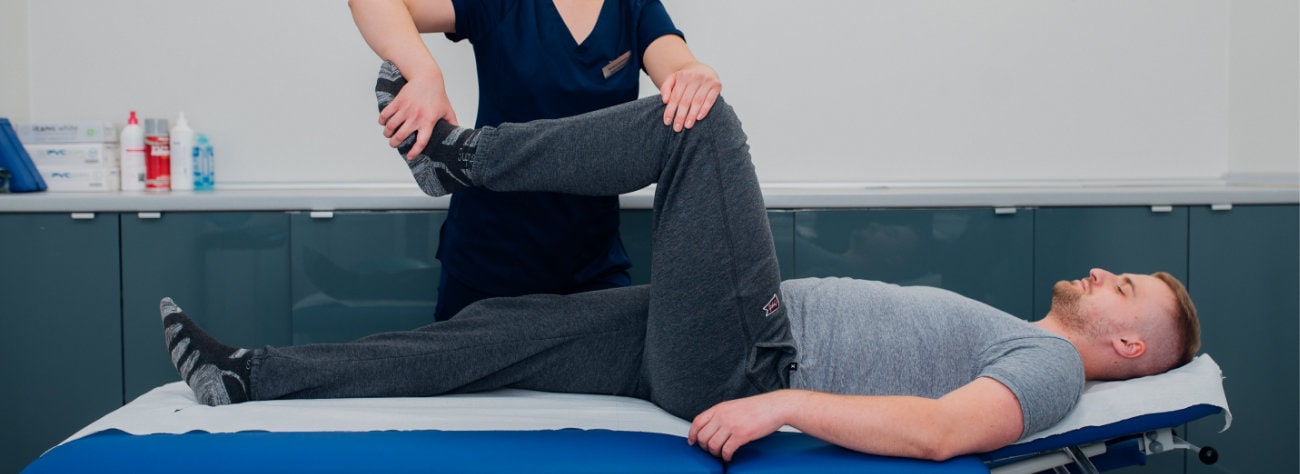
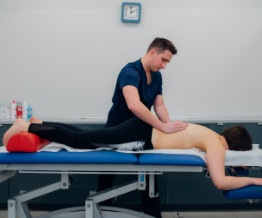
Manual therapy
Peripheral joint mobilizations, spinal mobilization, soft tissue mobilization, neuromobilization
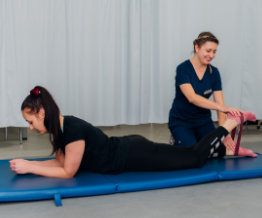
Individual gymnastics using the PNF method
PNF (proprioceptive neuromuscular facilitation) - is a method that has its own philosophy and principles of working with the patient
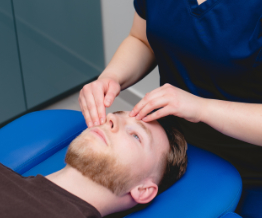
Sinus therapy
The aim of the therapy is to relieve pain and unblock the sinuses. The treatment involves such manual techniques as lymphatic drainage, manipulation, trigger point therapy,...
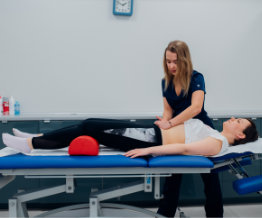
Visceral therapy
Manual therapy of the internal organs of the abdominal cavity aims to restore their normal tension, flexibility and mobility. Working through the internal organ system, which has numerous anatomical and functional connections,...
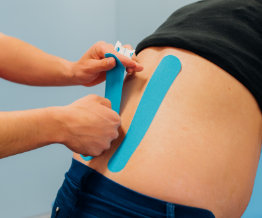
Kinesiotaping
Kinesiotaping is a technique in which a special elastic tape (patch).... is applied to the appropriate area on the body.
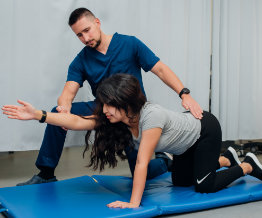
Instructional exercises
They are aimed at learning gymnastic exercises by the patient under the guidance of a physiotherapist
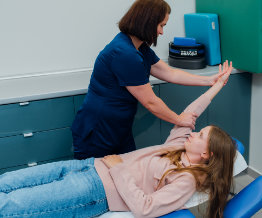
Passive exercises
Movement of a specific part of the patient's body performed by a physiotherapist or with the help of continuous passive movement devices
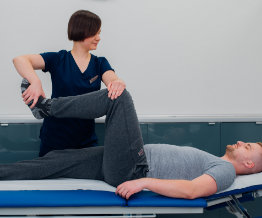
Active and passive exercises
Their essence is the movement performed by the therapist and the active relaxation of the muscles by the exercising patient
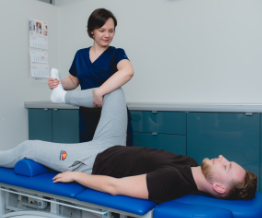
Active exercises in relief
These exercises involve independent joint movements with the load on the exercised part of the body
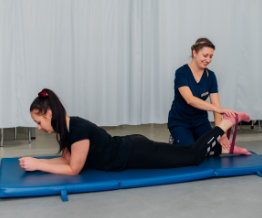
Free active exercises
These are exercises performed by the patient at the command of the therapist and under his control

Active exercises with resistance
The main purpose of the exercises is, among other things, to increase muscle strength, improve muscle endurance, reduce muscle atrophy

Isometric exercises
Exercises involving active muscle tension by the patient but without changing the length of that muscle. Only the tension is changed
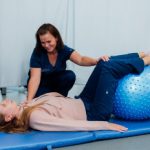
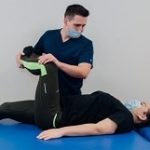
Physiotherapy after COVID - 19
A comprehensive physiotherapy service for patients with disorders resulting from COVID-19 (SARS-CoV-2 coronavirus infection). Such therapy requires a highly individualized and multispecialized approach to the patient....
